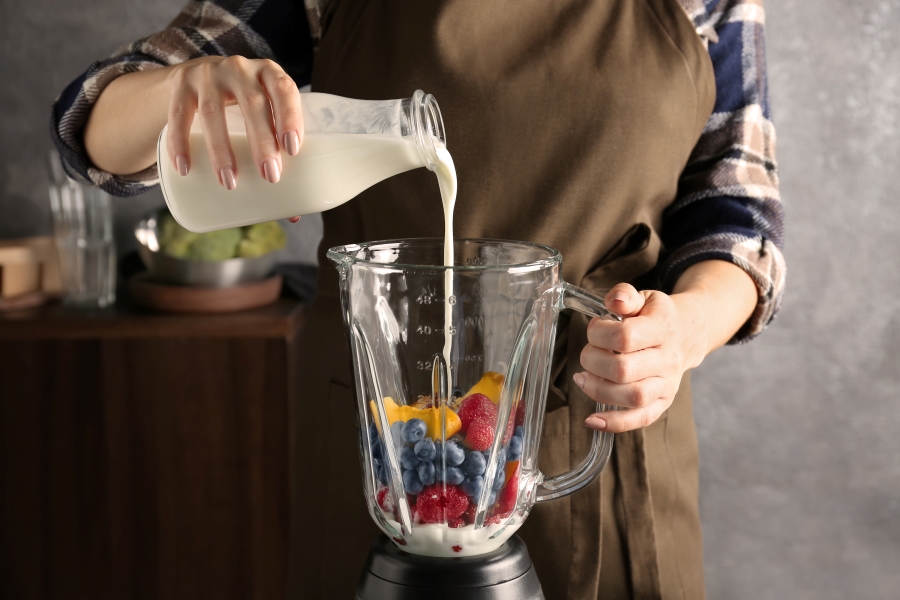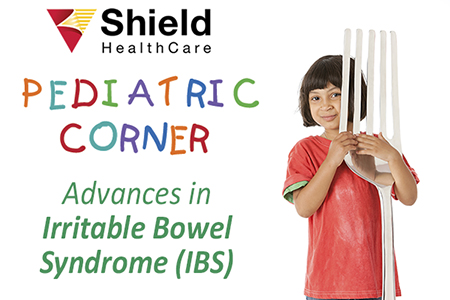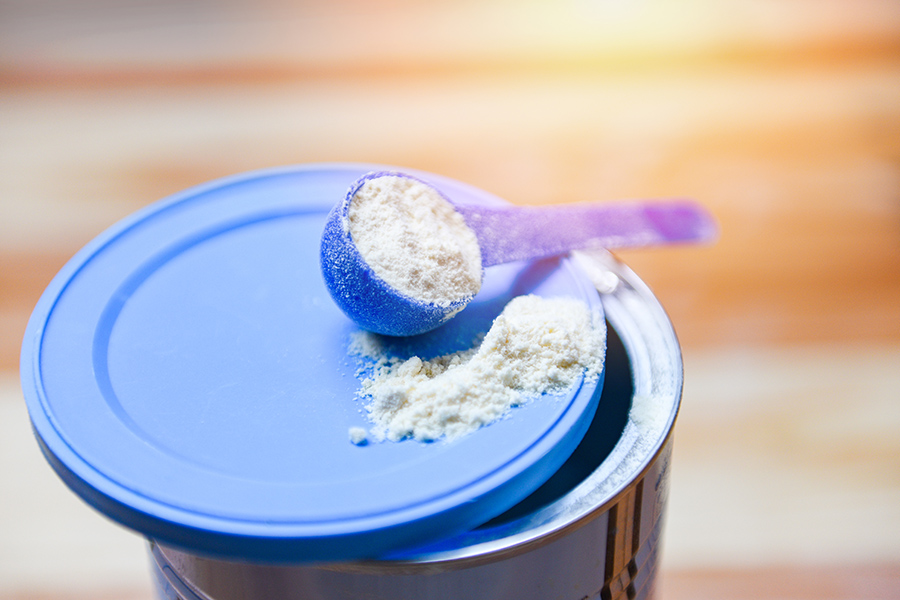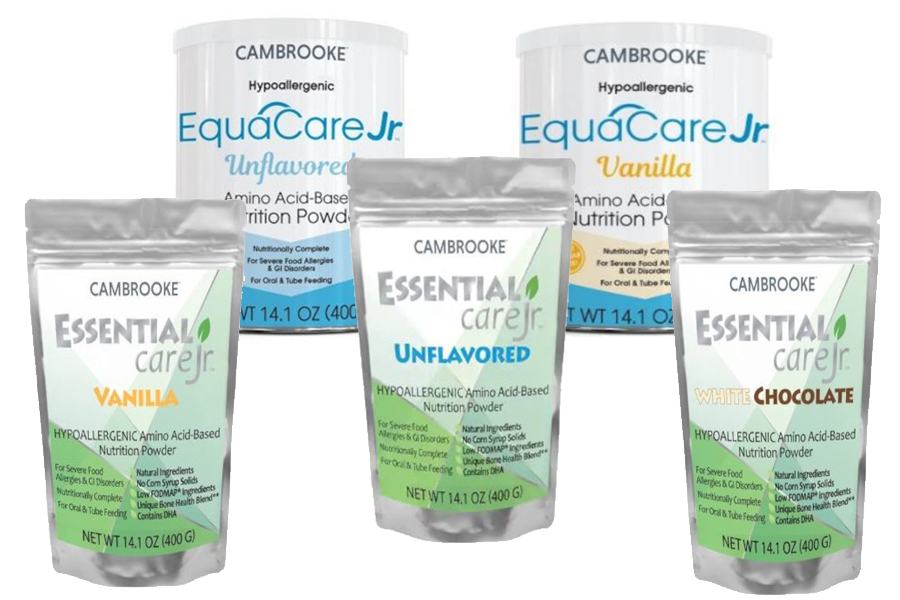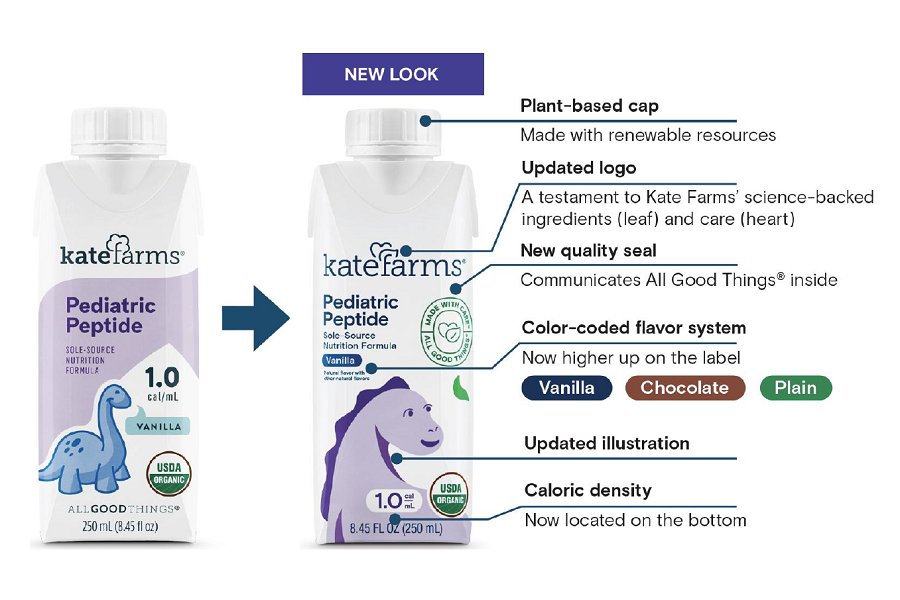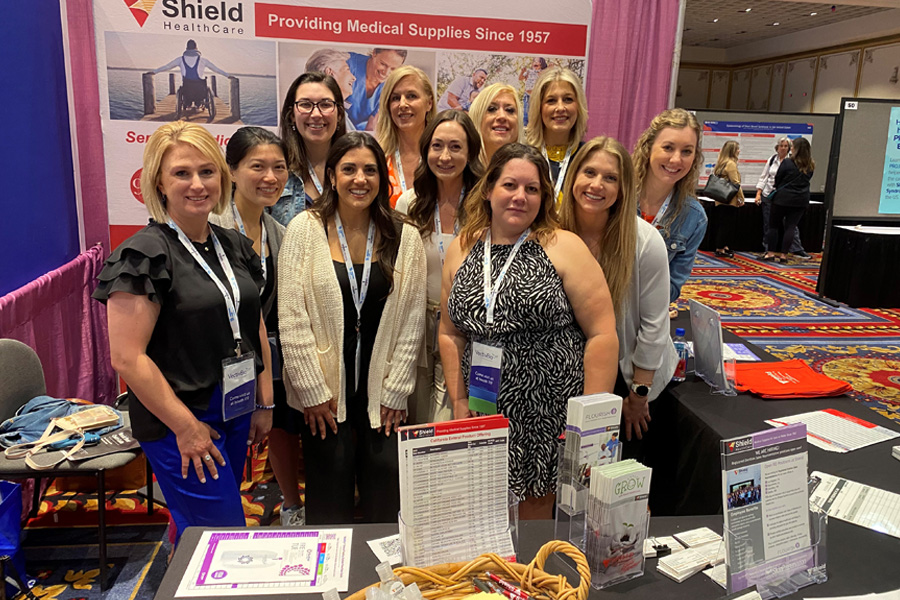FDA Study Addresses Patient Concerns
ENFit connectors were developed to prevent enteral misconnections. Prior to this change, most healthcare tubing could attach and work together, regardless of what the tubes were used for (IV, respiratory, urinary, etc.). Because of this, there were instances of the wrong liquid, medication, or gas going into the wrong part of the body (e.g. formula directly into the bloodstream). After causing major injury and death, many organizations worked together to address this problem, including:
- The Joint Commission
- International Organization for Standardization
- Global Enteral Device Supplier Association (GEDSA)
- U.S. Food and Drug Administration (FDA)
To reduce the frequency of medical tubing misconnections, an international group of clinicians, manufacturers and regulators together reached a solution: different tubing systems need to have their own unique design so that they will only fit with the appropriate counterpart. For more information on how ENFit connectors work, click here.
With this change happening across the healthcare system, concerns arose over how blenderized diets would flow through the ENFit connectors. In response, the FDA conducted an in-depth study to find out how home-based blenderized diets flow through the new tubing compared to legacy (non-ENFit) items.
Patient Concerns
The FDA identified three major concerns from G-tube users about using the new ENFit connectors with their blenderized diets:
- There would be significant slowing of flow for patients using gravity mode for feeding.
- Clogging would be more frequent for gravity and push modes.
- For push-mode users, it would require patients to use more force to push their diets through the G-tube.
FDA’s Conclusions
To properly investigate patient concerns, the FDA researchers obtained common recipes, normal consistencies and blender types used from the Feeding Tube Awareness Foundation (FTAF) and the Oley Foundation. To achieve the most accurate results, both pediatric and adult, thick and thin recipes were used in this study. In conclusion, “For a push mode of feeding, patients will largely be unimpacted after the transition to ENFit. For a gravity mode of feeding, some ENFit users may need higher-powered blenders and should expect increased feeding times.”
Answers to patient concerns:
- For patients using gravity-mode feeding with an ENFit g-tube, there is an increase in feeding time of about 50%.
- Clogging happened at the same frequency with both ENFit and legacy g-tubes when a low-powered blender was used. Using a high-powered blender and blending for longer reduces chances of clogging for both types of g-tubes. ENFit connectors do not cause more clogging.
- Patients using push-mode feeding will find it easier to push their diets through their ENFit g-tube at a slow rate (60 mL in 60 seconds). Those feeding at a fast rate (60 mL in 5 seconds) will have to apply more force when using an ENFit g-tube. They concluded that if the blenderized diet is not extremely thick and patients do not push too fast, most push-mode feeders will not have to apply more force if using an ENFit device.
Click here to read the full study in the Journal of the American College of Nutrition: Impact of Design Changes in Gastrostomy Tube (G-tube) Devices for Patients Who Rely on Home-Based Blenderized Diets for Enteral Nutrition.
Remember to speak with your doctor before making any changes to your tube feeding diet.
For more information on blenderized diets:
- Blenderized Formula for Home Tube Feeding
- Pediatric Corner: Things to Consider with Blenderized Formula
DISCLAIMER: This information is designed for customer use only and does not represent the advice of a medical health professional. Please contact your doctor for explicit advice on your prescription and/or feeding program.






